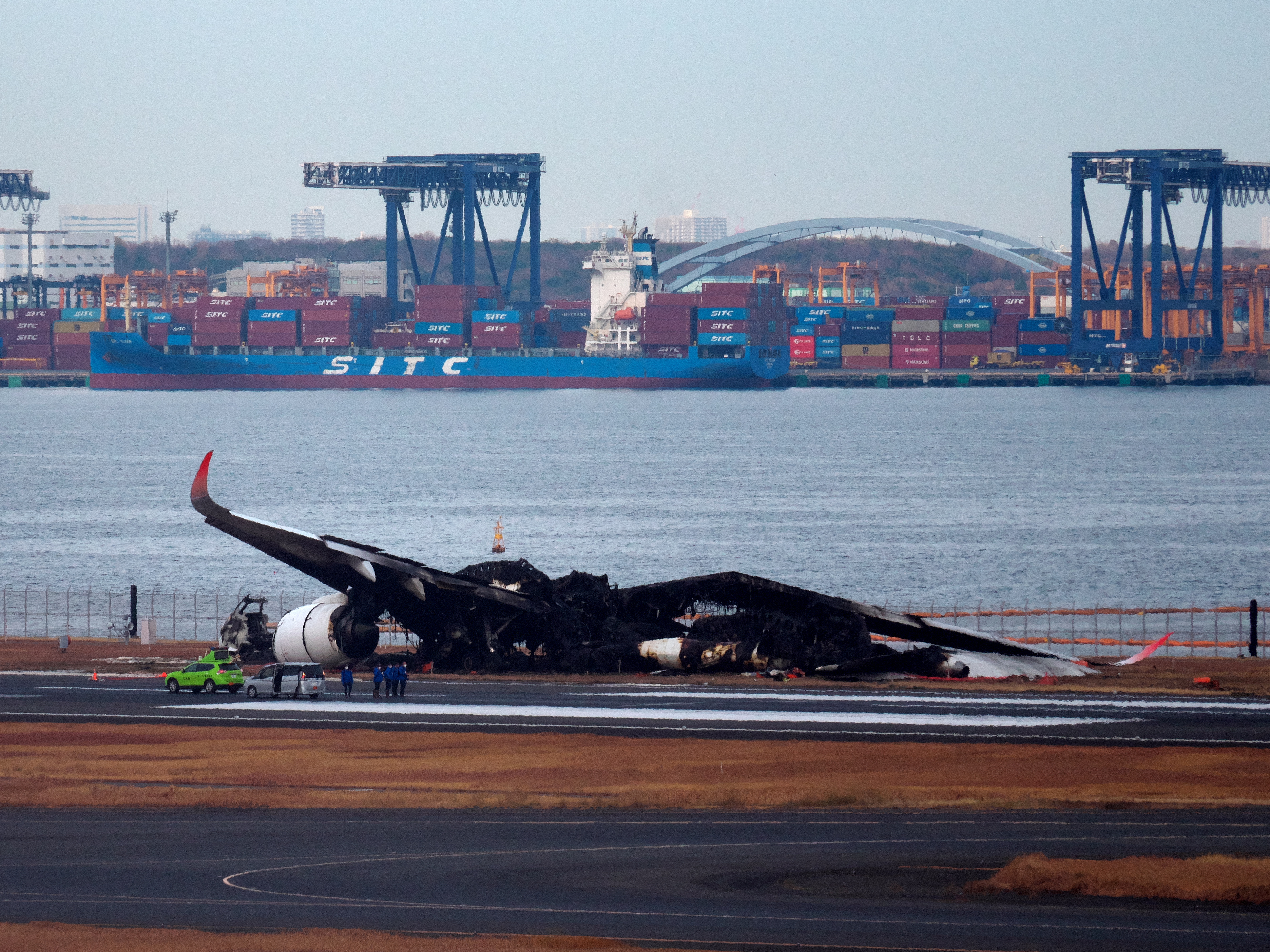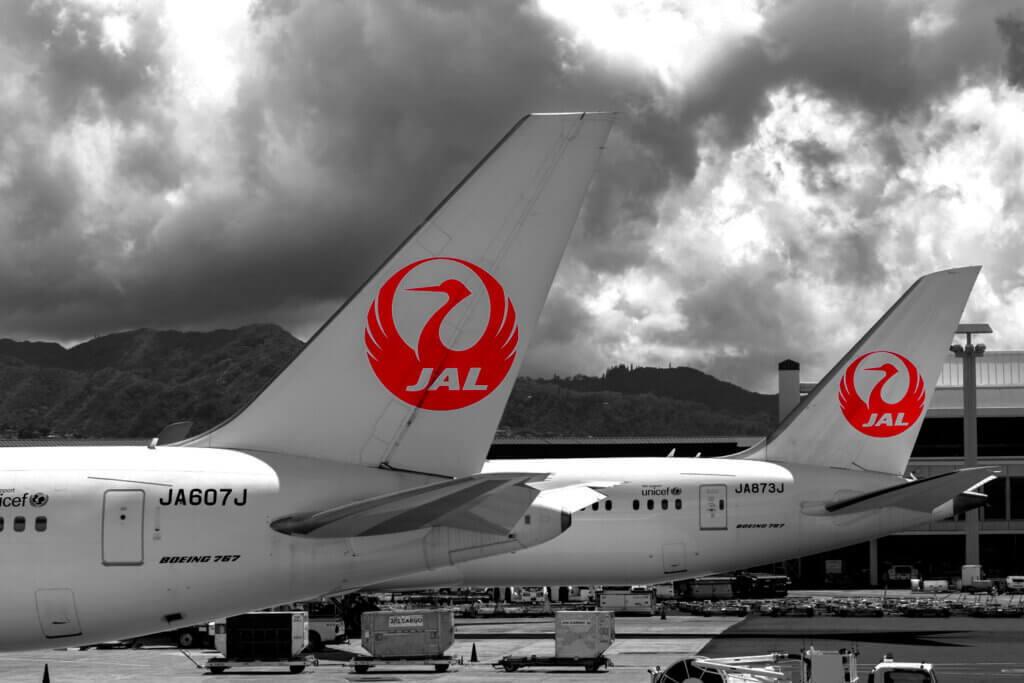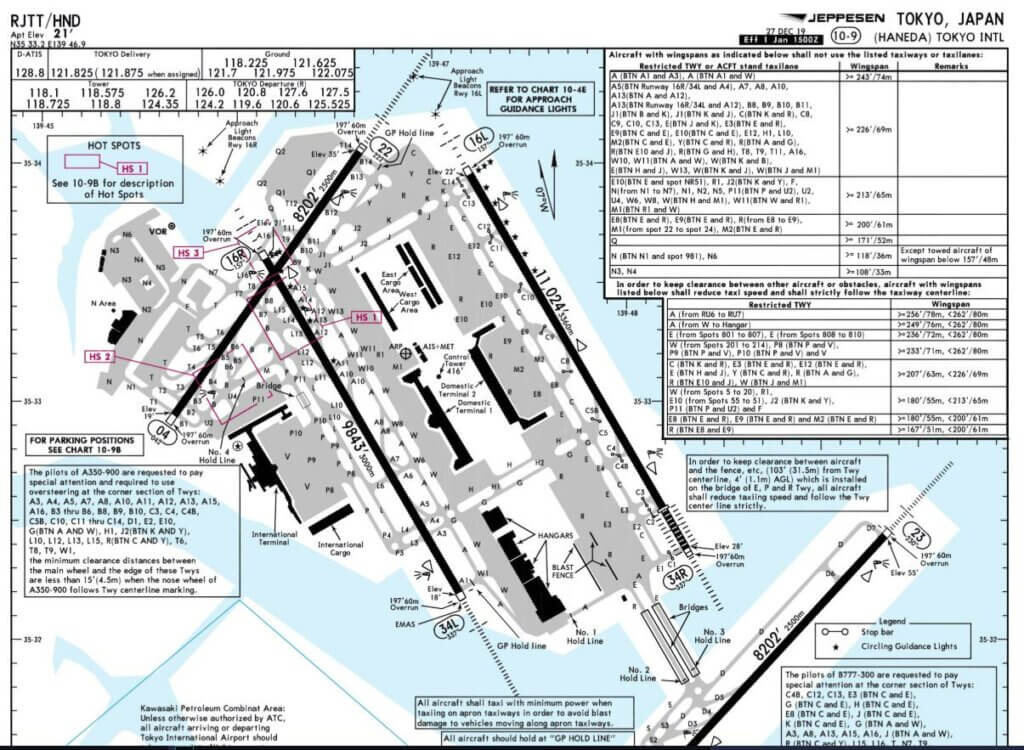The New Year got off to a rough start for Japan. A magnitude 7.5 earthquake rocked the Noto Peninsula in Ishikawa Prefecture, followed by the tragic JL516 incident in Haneda. Initially, I held off writing a post about the disaster due to the lack of information, but that has changed.
On January 2, 2024, Japan Airlines Flight 516 from New Chitose to Tokyo Haneda collided with a Japan Coast Guard Q300 operating a relief flight in support of earthquake recovery operations. Initial information was lacking, though we found out pretty quickly that all 379 passengers and crew aboard the Japan Airlines Airbus A350-900 survived the accident and subsequent fireball, while five of the six crew aboard the Q300 perished. We also know that the A350 had just landed at Haneda when it struck the Q300, though why the collision happened remained a mystery.
Now, however, transcripts released by Japanese officials fill in the gaps and give us a better idea of what happened.
JL516 – What We Know So Far
Before we go any further, it’s important to note that the JL516 is still under investigation. While the available evidence makes it pretty clear what happened, the case isn’t closed yet, and we shouldn’t draw final conclusions until professional investigators complete their work. That said, yesterday, @speedbirdhd posted the original air traffic control transcript on Instagram. Here’s what that snippet said:
17:43:02
JAL516 (Japan Airlines CTS-HND): Tokyo TOWER JAL516 spot 18.
Tokyo TOWER: JAL516 Tokyo TOWER good evening RUNWAY 34R continue approach wind 320/7, we have departure.
17:43:12 JAL516: JAL516 continue approach 34R.
17:43:26
DAL276 (Delta Air Lines HND-DTW): Tokyo TOWER DAL276 with you on C, proceeding to holding point 34R.
Tokyo TOWER: DAL276 Tokyo TOWER good evening, taxi to holding point C1.
DAL276: Holding point C1, DAL276.
17:44:56 Tokyo TOWER: JAL516 RUNWAY 34R cleared to land wind 310/8.
17:45:01 JAL516: Cleared to land RUNWAY 34R JAL516.
17:45:11
JA722A (Coast Guard): TOWER JA722A C.
Tokyo TOWER: JA772A Tokyo TOWER good evening, No. 1, taxi to holding point C5.
17:45:19 JA722A: Taxi to holding point C5 JA722A, thank you.
17:45:40
JAL179 (Japan Airlines HND-GAJ): Tokyo TOWER JAL179 taxi to holding point C1.
Tokyo TOWER: JAL179 Tokyo TOWER good evening, No. 3, taxi to holding point C1.
JAL179: Taxi to holding point C1, we are ready JAL179.
The collision itself happened at 17:47, so there’s a bit of a gap between where the transcript I saw (anyone know how to get a copy of the full transcript) ends and when the accident occurred. However, what is made clear by the transcript is that JL516 was granted clearance to land on runway 34R at Tokyo Haneda International Airport, while the Japan Coast Guard Q300 was instructed to hold short of the runway.
This Jeppsen airport map clearly shows where C5 is in relation to 34R.
So, what the hell happened? How did JA722A end up on the runway? That’s what still needs to be determined. Some news outlets report that the captain of JA722A, who is the sole survivor of the Q300, states that he was given clearance to enter 34R. However, the transcript strongly contradicts this claim. It’s clear that JL516 was cleared to land, and JA722A was subsequently instructed to taxi to C5 and hold.
That means if the reporting on JA722A’s captain’s claims is true, then the captain misunderstood the orders despite repeating them back correctly. Of course, another scenario is that this was a case of accidental incursion, which isn’t an unheard-of issue. Again, though, it’s too early to draw conclusions on the JL516 incident. Additional evidence from the flight data and cockpit voice recorders should, hopefully, help fill in the gaps a bit.
Of course, another question we need answers to is whether or not the crew of JL516 saw the Q300? If they did, they could have tried to initiate a go-around, if they hadn’t done so.
First Composite Aircraft Catastrophe
The JL516 incident is notable for a couple of things. First is that none of the 379 souls aboard the Airbus A350 were killed or critically injured. The second is that this is the first air disaster involving an aircraft constructed largely of composite materials. Sure, the Boeing 787 featured lithium-ion battery thermal incidents early in its career, but those fires were primarily contained to the utility bays, and all aircraft were repaired and returned to service.
In this case, a collision with another aircraft caused a large fire that engulfed the aircraft’s fuselage. Of course, composites that make up the fuselage of the Airbus A350 (and Boeing 787) are largely carbon fiber-reinforced polymers, which often use resins like epoxy or thermoplastics for the polymers portion of the composite material. While incredibly strong and lightweight, some wondered how these materials would fare in an accident. I’d say they did quite well.
The A350-900 involved in the crash remained structurally sound long enough for everyone to safely evacuate the aircraft in an orderly fashion using only three of the eight equipped emergency exit slides. All told, it took about 18 minutes for everyone to exit the aircraft, which continued to burn until nearly midnight – over four hours later. But after the fire was extinguished, there wasn’t much of the aircraft left.

It seems as if the carbon fiber composites mostly melted during the intense blaze. That’s a notable contrast compared to other recent wrecks, such as Asiana 214, in which fire penetrated the hull, but the aircraft remained largely intact.

Does this mean that composite aircraft are less safe than more traditional aluminum ones? Absolutely not. I’d argue that composite aircraft are just as safe, if not more so than aluminum ones, as is evident by the performance of the A350 involved in JL516. Again, everyone got out of JL516 without serious injuries despite the plane erupting into a fireball from its collision with the Q300, and continued to burn as it skidded down the runway and throughout the hours that followed.
To be sure, while the aftermath photos of JL516 are more dramatic, both the A350 involved with that crash, along with the Boeing 777-200ER involved with OZ214 were complete hull losses. Fire or no fire, the force of impact in both disasters would have compromised the structural integrity of any aircraft, causing it to be written off.
JL516, Final Thoughts
Again, there are too many unknowns to draw final conclusions as to what caused the JL516 tragedy. However, we know the Coast Guard aircraft was someplace it shouldn’t have been, and five people are now dead because of that. That said, it’s quite remarkable that 380 others involved are still alive, which is a testament to the safety of the aircraft, the skill and poise of the crew, and the compliance of the passengers. As to what truly happened, we’ll have to wait for investigators to conclude their work to find out. Until then, continue to travel confidently, knowing that air travel is still the safest form of travel there is.


